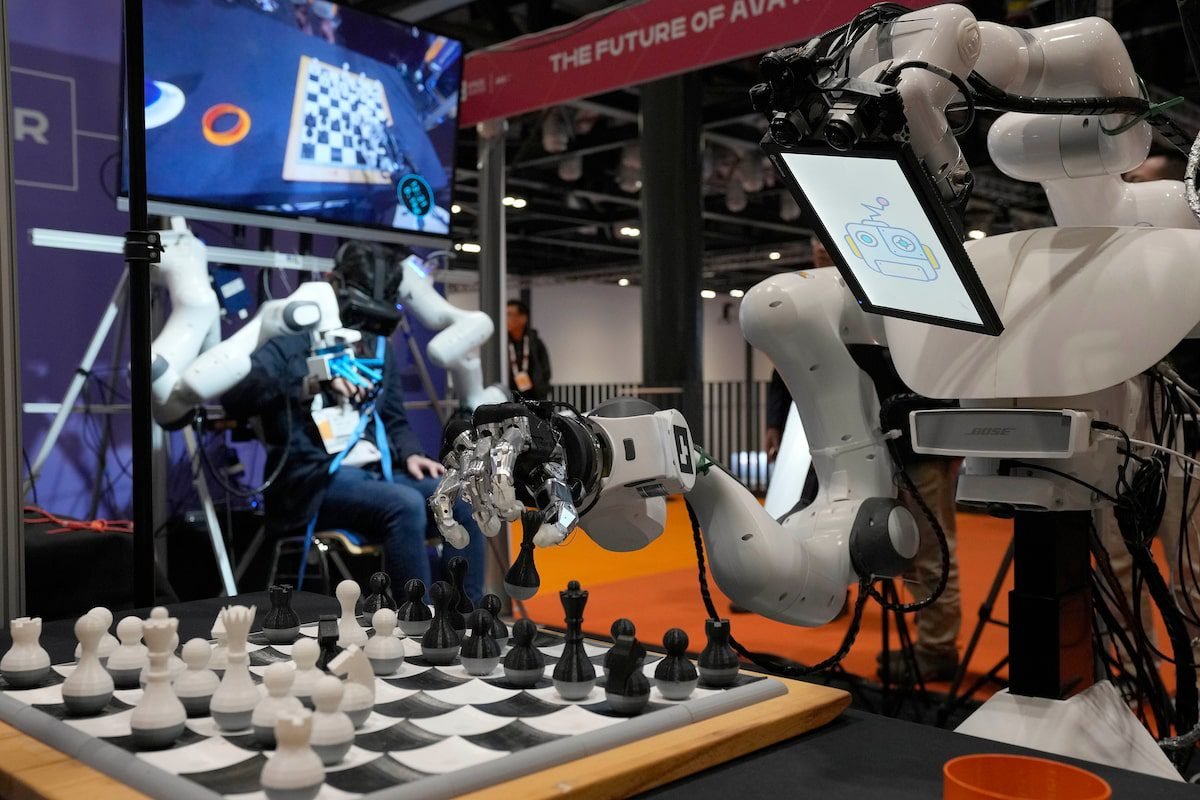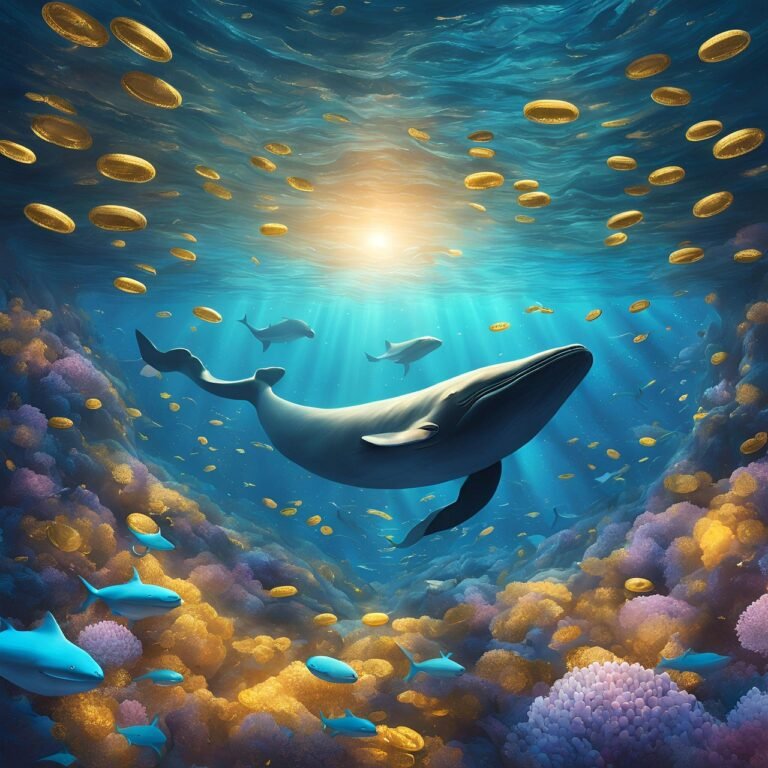David Szalay’s latest novel is Flesh.
I live, metaphorically speaking, under a rock. There are times, usually on visits to somewhere more culturally plugged-in like London, when this becomes particularly apparent to me. For instance, the occasion, in a smart restaurant in Notting Hill, on which I took exception to the use of the word “content” to cover the product of any act of creative expression, as in the phrase “content provider.” My reservations about it were met with blank looks. “Why?” I was asked, as if I had said something truly eccentric. I retreated under my rock again.
That happened some years ago, but I think of it again now in the context of the current debate about AI, and in particular the recent news that AI has written a plausible work of short fiction. Naturally this has led some writers to say they “fear for their jobs.” Maybe it’s just complacency, but I’m slightly more sanguine than that. The idea that AI will dramatically displace the work of writers and other creative types is, I think, based on a misconception about what that work actually involves, and the notion of “content” is perhaps part of that misconception.
The image of “content” to describe the product of human creativity – what we call in certain circumstances art – is obviously an image of something sort of poured passively into a container. But art is not a passively existing lump of content. Art is a form of communication between human beings. That’s the point of it. That’s why it exists. The human-to-human aspect isn’t something incidental – it’s the whole essence of it.
It’s like friendship. Friendship, I would say, is based on the shared experience of being human – all of it. The good bits of course, but at least as much the not-so-good bits, the growing old and dying bits. The experience of loss and disappointment, of regret. The great consoling power of friendship comes from the sense of sharing those things with people who are experiencing them as you are.
The emotional power of art has a similar source – a source that ultimately has to do with the fact that we are living, mortal animals. I hope it won’t offend anyone if I point out that AI is not a living, mortal animal, and can therefore never truly understand what it is to be one. And that lack of understanding, even if it has everything else required, pretty much excludes it from making the sort of art that I am interested in.
Of course that isn’t to say that AI will never have any role in the creation of what we call art. It fairly obviously will. All art is to some extent reliant on technologies – photography, oil paint, bronze-casting; in this context one could think of language itself as a form of technology – and AI will no doubt take its place alongside other technologies in this regard. It will also no doubt displace subsidiary human roles, even ones that require a high level of skill. It is possible to imagine it replacing Titian’s or Rubens’s assistants, their “workshop.” But it will never replace Titian or Rubens themselves. Because, again, the human-to-human aspect of the activity is the essence of it. Without that, it ultimately has no meaning.
There’s an interesting analogy with chess here. Forms of machine “intelligence” have been capable of beating even the strongest human chess players for years. There’s no mystery about how they do this. There’s really nothing more spooky about it than the fact that a chainsaw can fell a tree faster than a man with a hand-saw. The important point in this context is that it has not resulted in human beings giving up chess altogether. In fact, chess is undergoing something of a renaissance at the moment. Because for the human activity of playing chess against other humans, the ability of a computer to beat all comers is irrelevant.
In the same way, it’s irrelevant to the Olympics that a man on a motorbike (or indeed just a bike) would win all the running races. And the same would be true of a humanoid robot that could run faster than any living human being. The ultimate reason for this is that the machines (whether a motorbike, a running robot or a computer that has been primed to play chess) have, quite literally, no skin in the game. They are just not participants in the endless competition between individual human beings, and groups of human beings, that is at the root of all our fascinations of a sporting kind.
Obviously the example of AI conjuring up plausible works of fiction is not quite like these nakedly competitive sporting analogies. Writing fiction is not, in quite that sense, a competition. It is, however, an activity that is equally given meaning by its human context – and by nothing else. And an AI is not involved in that human context except as a sort of passive adjunct.
If you were to imagine human beings as essentially brains-in-jars, free-floating intellects creating the universe as a kind of imaginative emanation, then it might be possible to envisage an AI that was able to take its place among them. But human beings are not brains-in-jars. They are, first and foremost, living physical bodies. Their intelligence is subsequent to that and entirely dependent on it. It is not separable from it. Human intelligence makes no sense, has no meaning, in the absence of physical bodies.
Intelligence, I would suggest, can finally only be defined in terms of being a means to an end. And the ends to which our own intelligence is a means are ultimately biological. This has given rise to an extraordinary peacock’s tail of intellectual and creative achievement, but nevertheless the whole show remains rooted in biological realities – in hungers and tendernesses, in sex and death – and draws its meaning from them.
As far as I can see, an AI is absolutely excluded from that whole area of reality. It is no more involved in it than those mechanical harpsichord players that people gawped at in the 18th century. From a mechanical harpsichord player made out of painted wood to ChatGPT, the advance, in those terms, is precisely zero. They are both nothing more than technical marvels, ingenious mimics.










